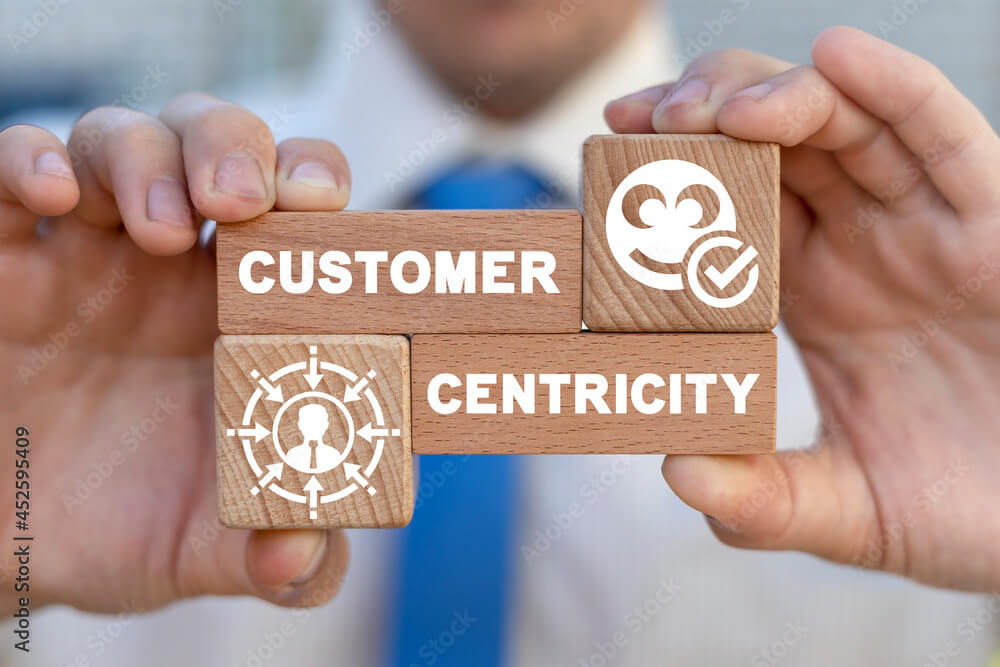Because of technological advances, increasing international trade, growing global income levels, and convergence of consumer tastes, companies worldwide must examine their business strategies and tactics from a global perspective. Powered by Harvard Business Education materials, this module introduces a broad range of fundamental concepts and strategies that will enable an understanding of these dynamic changes in the global marketing environment. A Supplemental Reading offers insight into global marketing in the service industry.
This module also contains two videos on global marketing topics: “Balancing Tensions between Local and Global Marketing Demands” and “Creating a Novel Product for a Specific Foreign Market.”
Learning Objectives
By the end of this module, you can:
- Help students determine whether or not an organization is ready to “go global.”
- Explore the market assessment and development of an organization planning a global marking program.
- Understand the tasks involved in managing global marketing programs.
Delivery Methods
Online
Credential
Certificate of Compeltion
Number of Credits
1
Duration
The module will be available for 120 days.









